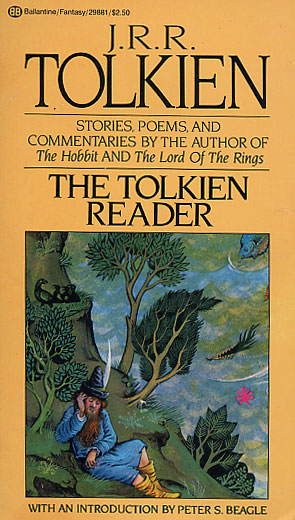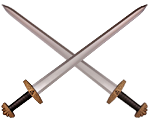J.R.R. Tolkien
What has JRR Tolkien got to do with the Battle of Maldon?
Tolkien is, of course, most associated with The Hobbit, and the Lord of the Rings trilogy which are what made him famous world wide. But he was also a scholar of Old English, with a great interest in the Battle of Maldon poem.
JRR Tolkien was Professor of Anglo-Saxon at Oxford University from 1925 to 1945, after which he was the Merton Professor of English Language and Literature until he retired in 1959. He died in 1973 at the age of 81. The English course at the university is well known as having a strong Anglo-Saxon component, and students have studied not only "The Battle of Maldon", but also texts such as "Beowulf" and "The Dream of the Rood", "The Wanderer", "The Seafarer", "Deor", and "The Ruin".
 Tolkien, as a result of his research and teaching activities, and no doubt inspired by his very active imagination, wrote a short sequel of his own to The Battle of Maldon.
Tolkien, as a result of his research and teaching activities, and no doubt inspired by his very active imagination, wrote a short sequel of his own to The Battle of Maldon.
"The Homecoming of Beorhtnoth Beorhthelm's Son" was first published in "Essays and Studies for 1953" and is now part of 'The Tolkien Reader' which also features other stories and poems.
(IBSN 0-345-29881-0) Ballentine Books, New York 32nd printing 1982 shown here.
Interestingly, this publication date is very close to that of the Lord of the Rings which was published in 1954-55, The Hobbit having been published earlier in 1937.
The Homecoming tells the tale of the aftermath of the Battle of Maldon, when Torhthelm and Tidwald, servants of the Earl, are searching the battlefield by the light of a lantern, looking for the corpse of Brithnoth. The body is found - though minus the head - and is handed over to the monks to be taken away for burial on the Isle of Ely (see Brithnoth and Ely pages).
Much of the short play is in verse, mirroring the Battle of Maldon poem of which the original ending has been lost.
As well as the play itself, Tokien's Introduction 'Beorhtnoth's Death' and his following comments 'Ofermod' give useful background commentary.

